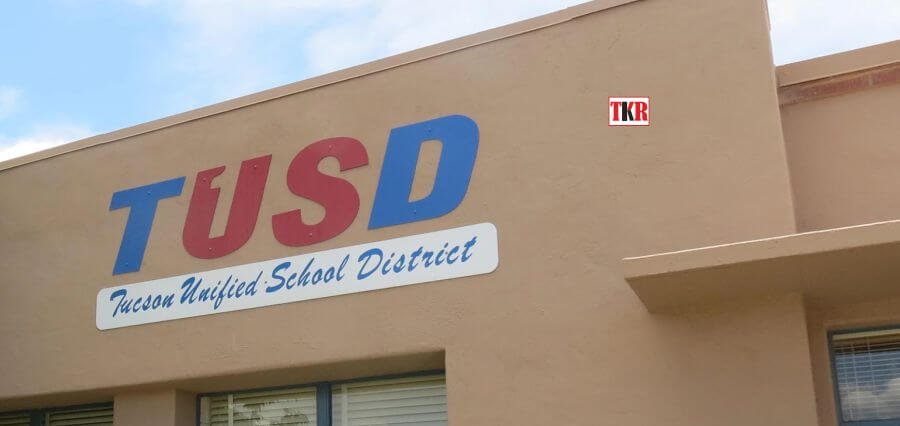We all know how important it is to create a positive community in the classroom. It leads our students to feel confident and comprehensive and teaches them empathy and many other social skills. In a healthy group, students know that failures are truthful and they work hard to learn from each other’s mistakes. We work hard to build a sense of belonging and pride that is generated from our participation in society from this first day of school. But how does that work in online teaching? Let’s find out.
All on the same page
If it is the first day of an online class, or whether you have switched from an old to an online course, schedule some fun activities to understand one another. This might be as simple as a wide Zoom meeting, or Google Hangout, where everyone takes a minute to introduce themselves. This section is vital for creating a group, ensuring that your students connect, even it is live in a video.
Clear Lines of Communication
Students must feel confident contacting teachers and know the best way to connecting them. If this is a completely new community of students, teachers can commence from each student by making telephone calls. This could be done briefly and via Google Hangout; the key here is to form a clear communication line which is transparent from both sides.
Beyond this initial telephone, they can share a platform for communication; whether it is an e-mail, office times in open-conference video/call, or via a message board. Let the students know how they can contact their teachers and how easily they can expect a response. When these guidelines are defined, teachers must adhere to them. Consistency is the key here in building trust and culture.
Two-Way Communication
Meaningful learning should not rely on stagnant awareness and the repetition of anticipated answers. Students are eager to be on a research trip, and while the tutor of the student can definitely play a role in enlightening considerations and tools, they will be even more enthusiastic when they create shared information that is richer in complexities.
That kind of engagement promotes social and emotional learning and motivation, which is in addition to this kind of engaging and informative learning. Teachers can form their paths and promote risk-taking and audacity along the way. They can show that they appreciate the fascinating inputs of each participant.
Team Building Activities
Since these initial experiences don’t stop building your group. Maintain the energy of normal action. Teachers can introduce a ‘Student of the Week’ program in which a different student is exhibited and displayed every week. Teachers can also seek to give students the opportunity to share positive news frequently with the school. Again, teachers must ensure that they promote positive conversation and ask students to reply with polite, all the while encouraging words to each other’s message.
Co-operative Learning Activities
Even in an online environment, teachers can have their students engage in cooperative learning. It can be convenient for students to ask each other questions or for two students to collaborate on a report. Teachers can also put reading pairs with other readers with similar skills and promote weekly reviews. A somewhat more complicated alternative would be to set up study groups or book clubs that digitally meet to train themselves for analysis or discuss a popular novel. Teachers can ensure that students have the ability to work together and learn from each other while preparing their own lessons.
Student-Teacher-Parent Interaction
The final step in creating a healthy culture in the classroom is to include students’ families. Make sure that they are up-to-date and know how to get in touch with the educator. Teachers can share this information by emailing it weekly or by maintaining a platform that they update every week. Educators can also find it beneficial to survey the careers, interests, and passions of students via their parents.
It is often found that a parent has an interest in a topic and teachers know students are intrigued by it and, as such, may invite parents to share their interests as special guests. Parents may also give a lesson on their professions to elder students or read to a younger child. Teachers must help them to appreciate their skills and to see them as a partner in the learning of their child. It will help create good relationships in the long-term.
It is important for remote learning to build a sense of belonging and culture. The key thing is to promote a multi-channel learning environment so that students don’t feel alone and educators get a clear way of teaching.









